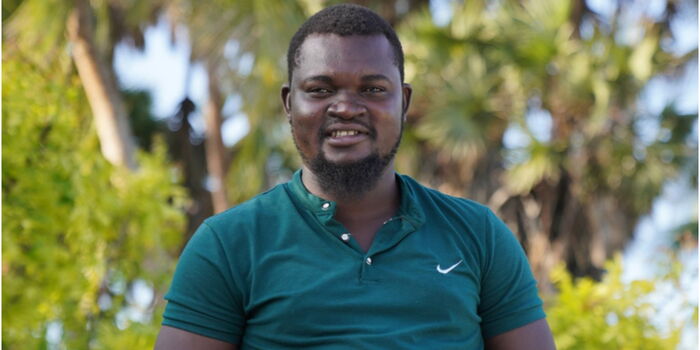New revelations have emerged regarding the mysterious death of popular online influencer Albert Ojwang, as the family’s lawyer shared disturbing details after viewing his body at the City Mortuary.
The young influencer died on Sunday, June 8, with police confirming he succumbed to serious head injuries. However, the exact cause and events leading to his injuries remain highly disputed.
Speaking to the media on Monday, June 9, the family’s legal representative disclosed that Ojwang’s body showed multiple signs of physical trauma, especially on the head, shoulders, and one arm.
The lawyer described the head as severely swollen, with visible bleeding from the nose, raising questions over the credibility of the police’s initial version of events.
“The body had numerous injuries on the head, hands, and shoulders. There was heavy bleeding from the nose,” the lawyer stated, casting doubt on claims that Ojwang had accidentally injured himself while in police custody.
Initially, police officials claimed that Ojwang hit his head against the wall of his cell, causing the fatal injuries.
However, that account has come under scrutiny, particularly after the family’s lawyer mentioned wounds on his hands and shoulders, suggesting he may have been involved in a violent struggle, and possibly defended himself before succumbing to the injuries.
In a follow-up statement, Inspector General of Police Douglas Kanja walked back the original version and instead told journalists that Ojwang was simply found unconscious in his cell at Central Police Station in Nairobi, and later died.
He did not offer a detailed explanation about how Ojwang ended up in that state, leading to further speculation and public outrage.
Kanja acknowledged during a Monday press briefing that Deputy Inspector General of Police Eliud Lagat had filed a formal complaint against Ojwang prior to his arrest.
While he emphasized that police had not mistreated Ojwang, he defended Lagat’s right—like any Kenyan—to file a complaint. However, he did not comment on how Ojwang ended up with such visible and severe injuries.
At the City Mortuary, tension grew as news of the injuries began to spread. Dozens of protestors, many of them visibly emotional, gathered outside Nairobi Funeral Home (formerly City Mortuary), demanding transparency and accountability for what they called a suspicious and unjustified death.
Chanting slogans and holding up their phones to document the moment, demonstrators accused the police of trying to cover up the truth. Some even called for President William Ruto’s resignation, linking the incident to growing concerns about police brutality and abuse of power.
The protestors also demanded the immediate resignation of Deputy IG Eliud Lagat, who they claim triggered Ojwang’s arrest in the first place. Their frustration was fueled by the changing narrative from police officials and the visible injuries on the body—details that many say contradict claims of an accidental fall or self-inflicted wounds.
As pressure mounts on the authorities to deliver clear answers, calls have grown louder for an independent investigation into the circumstances of Ojwang’s death. Human rights groups, public figures, and citizens across social media have rallied around the family, demanding justice and a full autopsy report to uncover the truth.
The case has now become a flashpoint in the ongoing debate about police accountability and transparency in Kenya, with many fearing that unless swift action is taken, more citizens could suffer similar fates in police custody.
As the investigation continues, Ojwang’s family, legal team, and supporters have vowed not to rest until justice is served and those responsible are held accountable.
Join Gen Z New WhatsApp Channel To Stay Updated On time https://whatsapp.com/channel/0029VaWT5gSGufImU8R0DO30


